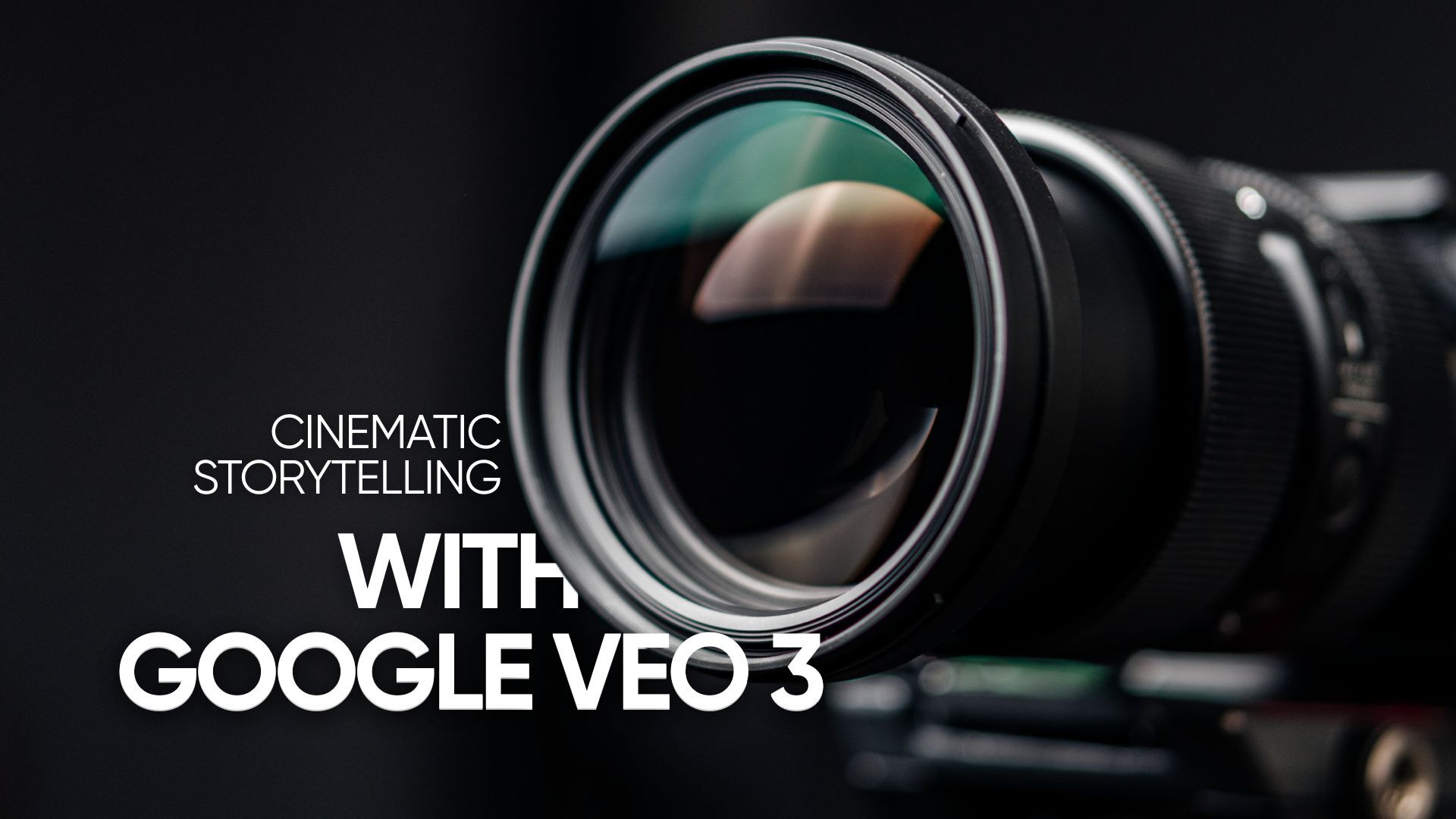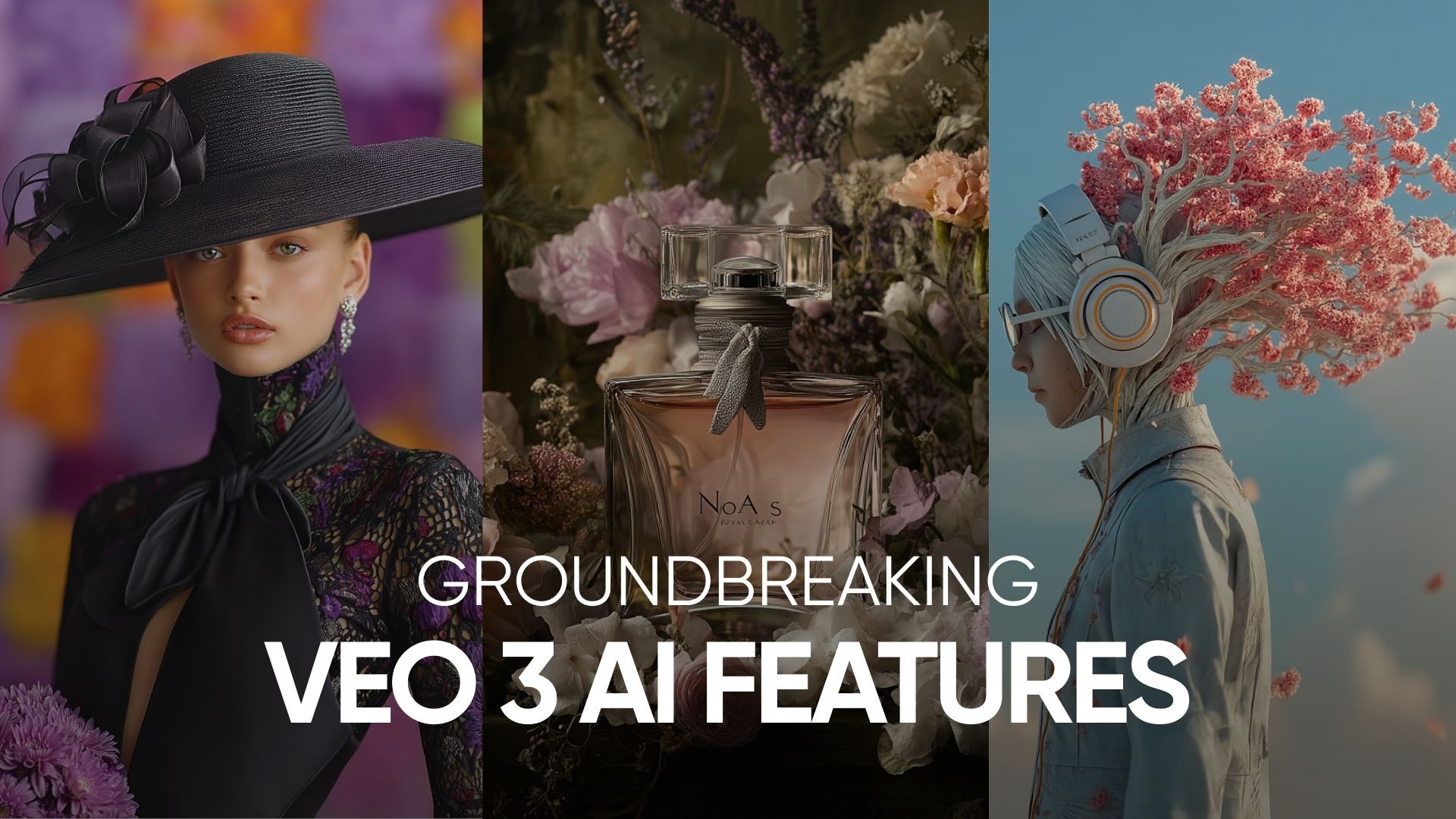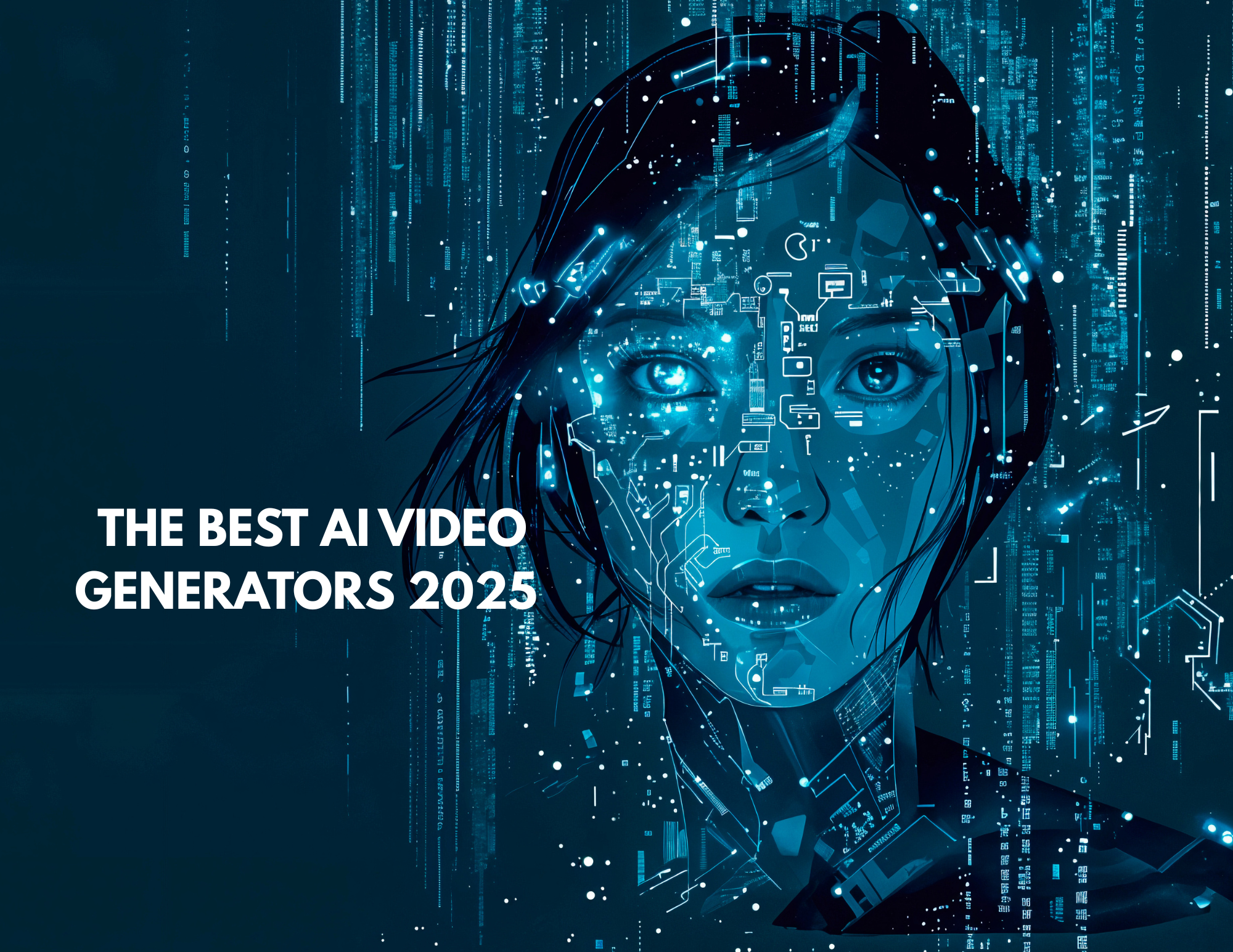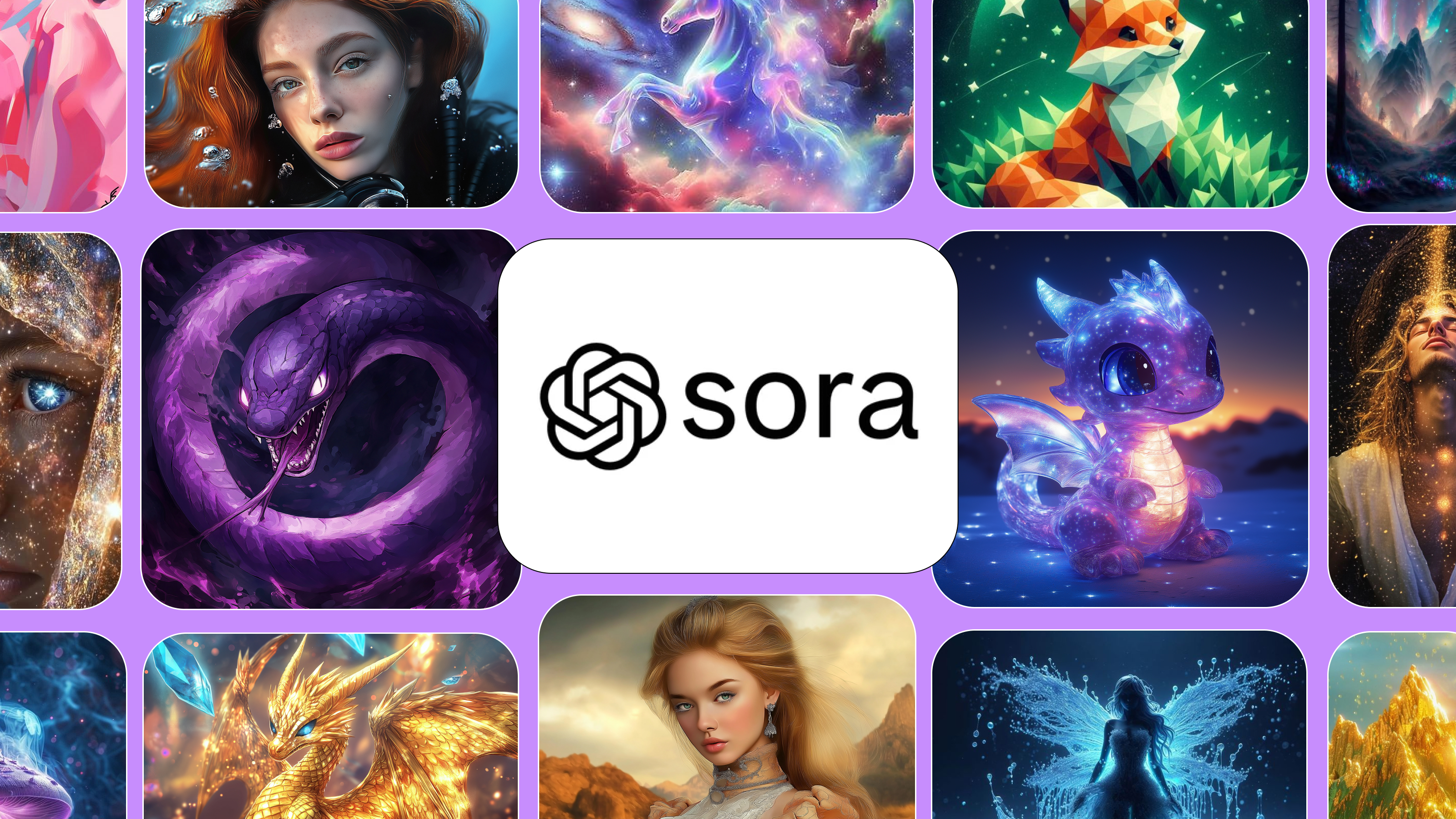

Sameer Sohail
Wed Jun 04 2025
5 mins Read
Since this year’s Google I/O conference, Veo 3 has been making waves as one of the most advanced tools for generating photorealistic, cinematic videos—complete with contextual audio—from simple text prompts.
But despite its impressive capabilities, Veo 3 comes with significant limitations: a steep $250 subscription fee and availability restricted to users in the U.S.
Fortunately, several powerful alternatives are already on the market, each offering unique features, creative flexibility, and more accessibility.
In this blog post, we’ll explore six standout alternatives to Google Veo 3: OpenAI’s Sora, ImagineArt’s AI Video Generator, Runway’s Gen-3 Alpha, Adobe’s Firefly Video, Luma Labs’ Dream Machine, and Deevid AI.
We’ll compare their strengths and limitations to help you find the right fit for your AI video creation needs.
1. ImagineArt
ImagineArt is a versatile AI-powered platform that enables users to transform text prompts and images into dynamic videos, incorporating a variety of leading AI models, including Google Veo 2 and Veo 3. Catering to creators, marketers, and storytellers, it offers an intuitive interface with a range of customization options.
Key Features:
-
ImagineArt lets you turn text prompts or static images into dynamic, engaging videos.
-
You can customize camera angles, lighting, and artistic styles to match your creative vision.
-
Upload a reference image to influence the visual style of your video output.
-
It supports multiple aspect ratios including 16:9, 9:16, 4:3, and 3:4 for cross-platform compatibility.
Pros:
-
User-friendly interface suitable for beginners
-
Multiple powerful AI models such as Google Veo, Kling, Haiper, Hailuo, and Luma Ray2.
-
Offers both free and premium plans to accommodate different needs
Cons:
-
Some users have reported inconsistencies in output quality
-
Limited advanced editing features compared to professional-grade tools
Pricing:
-
Basic - $10/month, 18k credits/year
-
Standard - $20/month, 60k credits/year
-
Professional - $41/month, 180k credits/year
-
Scale - $83/month, 480k credits/year
Best for content creators, marketers, and storytellers seeking an accessible tool to produce visually appealing videos without extensive technical expertise.
2. OpenAI Sora
OpenAI’s Sora is a cutting-edge text-to-video model designed to generate realistic and imaginative scenes from simple text prompts. It can create videos up to 20 seconds in length while maintaining strong visual fidelity and logical scene progression.
Key Features:
-
Generates videos up to one minute long
-
Realistic motion and physics simulation
-
Built on advanced multimodal transformer architecture
Pros:
-
Longer video durations than many competitors
-
Strong handling of real-world physics and movement
-
Great for complex, multi-character scenes
Cons:
-
Lower resolution than Veo 3
-
Requires more technical knowledge to operate
-
Limited support for multiple languages at launch
Pricing:
-
Plus: $20/month, 720p resolution, 10sec videos
-
Pro: $200/month, 1080p resolution, 20s videos
Best for educational content, scientific visualizations, and storytelling projects requiring detailed sequences.
3. Runway Gen-3 Alpha
Runway’s Gen-3 Alpha is the latest model in the Runway series, offering high-quality visuals and multiple generation modes like stylization and storyboard. It's well-suited for professional creators looking to experiment with AI-driven video content.
Key Features:
-
Supports text, image, and video inputs
-
Allows stylized output and motion control
-
Generates clips up to 10 seconds; can go up to 40 seconds with the "extend" feature
Pros:
-
Flexible input options
-
Creative editing modes for custom video styling
-
Easy-to-use interface with free access for testing
Cons:
-
Video duration is limited
-
Requires some creative experience for best use
Pricing:
-
Free: $0/month, 125 credits (one-time)
-
Standard: $12/month, 625 credits
-
Pro: $28/month, 2250 credits
-
Unlimited: $76/month, 2250 credits
Best suited for designers, video editors, and creators who want more control and style in their AI-generated videos.
4. Adobe Firefly Video
Adobe Firefly Video focuses on enhancing or correcting existing footage using AI. Integrated with Adobe Premiere Pro, it targets professional editors who want to fix or refine visual content with AI-generated elements.
Key Features:
-
Produces short clips (up to 5 seconds) at 1080p resolution
-
Seamless integration with Adobe’s creative tools
-
Ideal for enhancing live-action footage
Pros:
-
Native compatibility with Adobe Creative Cloud
-
Prioritizes high production quality over length
-
Budget-friendly for professionals already using Adobe tools
Cons:
-
Only supports short clips
-
Limited to 1080p output
Pricing:
-
Firefly Standard: $9.99/month, 2,000 credits
-
Firefly Pro: $29.99/month, 7,000 credits
-
Firefly Premium: $199.99/month, 50,000 credits
Best for professional filmmakers and editors looking to augment or correct specific parts of their video projects.
5. Luma Labs Dream Machine
Dream Machine by Luma Labs is designed for turning text prompts or still images into smooth, realistic video animations. Launched in 2024, it's gaining attention for its motion fidelity and ease of use.
Key Features:
-
Converts text or images into video
-
Emphasizes smooth, natural motion
-
Simple user interface
Pros:
-
Excellent motion realism
-
Great for animating still photos
-
Beginner-friendly with no coding required
Cons:
-
Limited transparency about training data
-
Unclear maximum video length (usually 5-10 seconds)
Best for users who want to animate artwork, photographs, or short scenes without technical barriers.
6. Deevid AI
Deevid AI is a streamlined platform designed for quick, high-quality video creation using text, images, or existing videos. It’s perfect for marketers, educators, and social media creators who need content fast.
Key Features:
-
Supports text-to-video, image-to-video, and video-to-video generation
-
Pre-built templates for easy content generation
-
100% web-based with no install required
Pros:
-
Very fast and easy to use
-
Ideal for marketing, educational, and social campaigns
-
Produces polished output ready for distribution
Cons:
-
Primarily suited for short-form videos
-
Web-only platform with no dedicated app
Pricing:
-
Standard: $10/month, 200 credits
-
Pro: $25/month, 600 credits
-
Premium: $119/month, 3000 credits
Ideal for marketers and content creators looking to create engaging, on-brand videos quickly and efficiently.
Summing it up
Each AI video generation tool offers distinct advantages:
OpenAI Sora: Best for long-form, realistic videos with complex motion and scene logic—ideal for education and storytelling.
ImagineArt: Versatile and accessible, offering customizable video generation suitable for various creative projects.
Runway Gen-3 Alpha: Great for creatives seeking stylized visuals and flexible input options.
Adobe Firefly Video: Tailored for professionals needing AI-powered enhancements within the Adobe ecosystem.
Luma Labs Dream Machine: Perfect for animating images with smooth, realistic motion—no technical skills required.
Deevid AI: Fast and beginner-friendly, ideal for marketers and educators creating short-form content.
Your ideal choice depends on your goals — whether cinematic realism, quick marketing content, or professional editing support.
Bonus Read
Looking for alternatives to other AI tools?
Check: Midjourney Alternatives | Adobe Alternatives | Canva Alternatives | Hailuo AI Alternatives | PixVerse AI Alternatives

Sameer Sohail
Sameer Sohail specializes in content marketing for GenAI and SaaS companies, helping them grow with strong writing and strategy.





